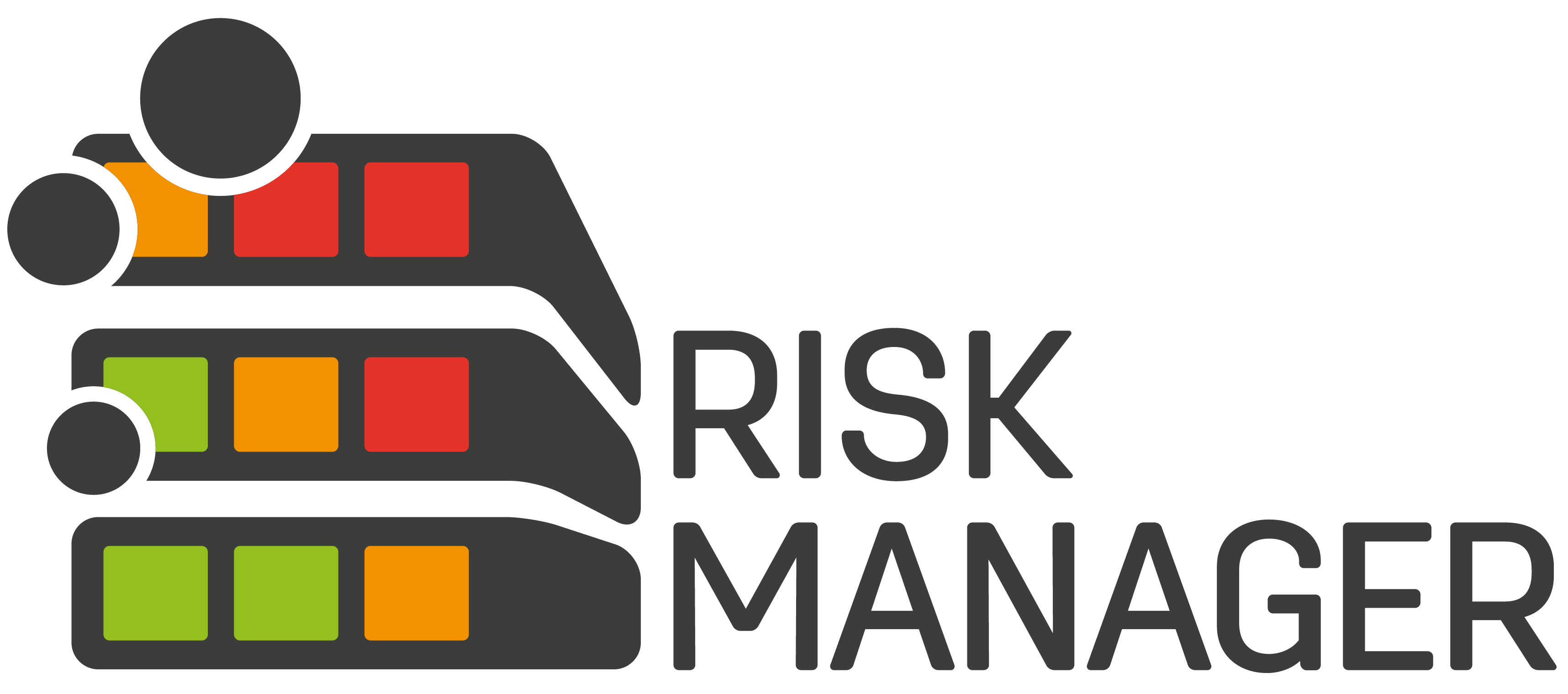Agile IEC 62304: How you can use the standard in the development process
Agile standards? The first thought is usually: What a contradiction. But with a look at IEC 62304, this can be quickly revised. The European standard for medical device software and software lifecycle processes explicitly mentions agility in the planning and development of the process.
What IEC 62304 requires in the development of medical software and where agile working is made possible – we present it to you. You will also learn how you can use traceability matrices to conveniently prove conformity to the standard during development.
When it comes to medical devices and their software, the highest priority is to ensure the safety of patients and users. However, IEC 62304 also states in Annex B: There is no known method for guaranteeing 100% SAFETY for any type of software.
There are, of course, prerequisites in development nonetheless. For example, it is required that the medical device software is developed and maintained within a risk management system according to ISO 14971.
Overall, the requirements of the standard include promoting safety:
Furthermore, IEC 62304 requires that risk management be defined as an integral part of the QMS in order to create a safe and repeatable development process together with established software engineering methods. In addition, software requirements must be considered in the context of a risk analysis.
Good to know
If manufacturers use a purchased component or segment of unknown origin in the system architecture during the development of the medical device, this must be integrated into the risk management. The responsibility for this is automatically transferred to the manufacturer.
So where does IEC 62304 enable an agile planning and development process?
Already at the beginning of the software development process, the standard supports agility, because “planning is an iterative ACTIVITY that should be repeatedly reviewed and updated as development progresses” (IEC 62304, Annex B, B.5.1). If actions are always reflected and planning is adapted accordingly, planned control of the development process takes place.
The planning must include the following points:
Agile working can also be used for the product life cycle, because IEC 62304 does not require a concrete model for development. However, when software is developed in compliance with the standard, various dependencies between the individual processes become visible.
For example, the classification of the system into a safety class should be completed after potential risks have been identified by means of risk analysis.
What is the role of verification and traceability according to IEC 62304?
All requirements for the medical device software must be defined and verified by the manufacturer. This makes it comprehensible when the software is ready for use. If requirements are placed on the software in the risk management process, these must be evident in such a way that the risk control measures are also traceable.
Traceability – IEC 62304 requires traceability for software requirements, as well as for the architecture, design and various components of the software, in addition to verification. All verifications must always be documented.
Conformity to standards with traceability matrices
Traceability matrices ensure that requirements are checked as part of appropriate validation processes. In addition, the matrices check whether the requirements have been implemented in the software and verified according to applicable requirements. Especially for systems, the manual creation of traceability matrices is a challenge when conformity to standards is required. Digital solutions offer a more convenient and consistently compliant option.
Our IEC 62304 compliant and safe solution for you
The BAYOOSOFT Risk Manager offers a solution for the creation of technical documentation for the development of your medical device software. For this purpose, we combine the extension modules Requirements Engineering and REST API with the risk management according to ISO 14971. Learn more here.
Get to know us
Would you like to test the BAYOOSOFT Risk Manager free of charge? Then use our free TRIAL for 30 days.
Or visit an online product presentation and get to know the BAYOOSOFT Risk Manager directly on the system.




